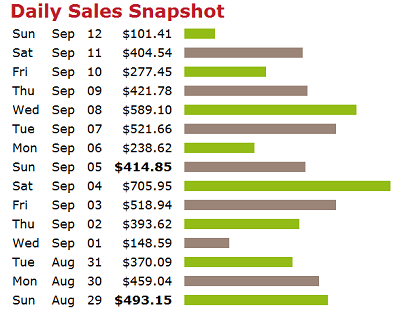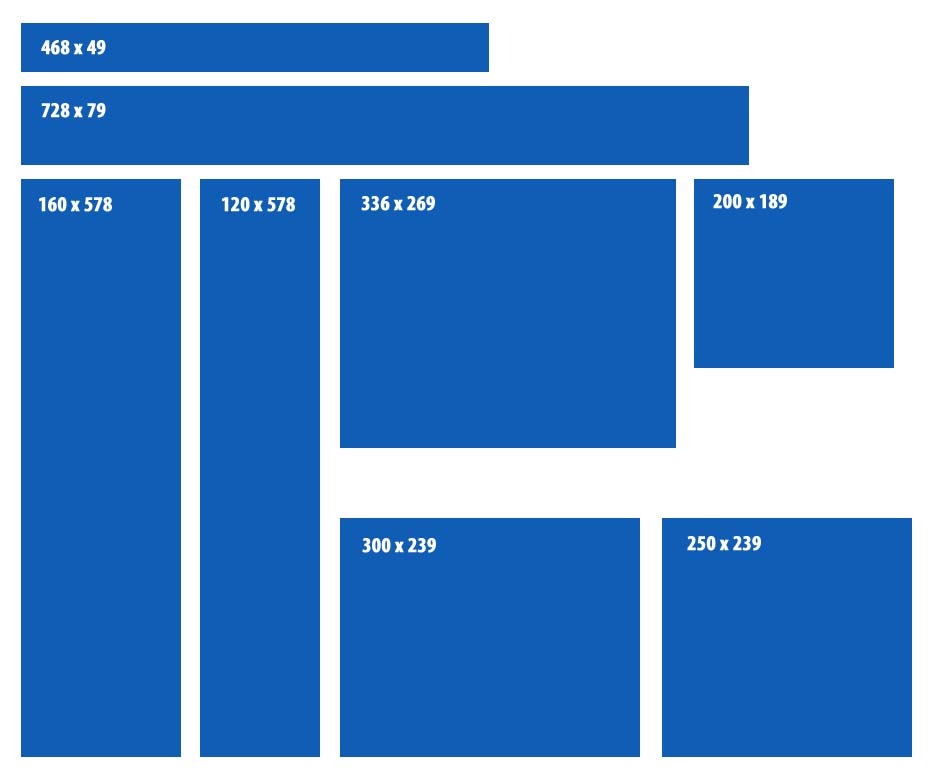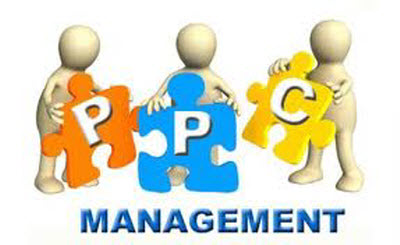
As an internet marketer, your main goal is to make money online.
For new internet marketers, deciding just how you are going to make money online can be a tough question to tackle.
There are simply so many excellent options for monetizing a website.
In this article we will take a look at some of the more viable methods for turning a website into a money making business.
PPC Advertising
Pay Per Click (PPC) advertising is a term used to describe the process of selling advertising space on a website, with advertisers paying for every click on the advertising unit.
This is possibly the easiest way to get set up and making money online quickly. There are a number of excellent PPC networks, which deliver an entire framework for serving and tracking PPC clicks and charges.
Click on the links below to see the best of these PPC networks:
Each of this is an established PPC network, with a whole range of tools to help both publishers and advertisers gain the most benefit from PPC advertising.
PPC is quick to set up, and can begin earning revenue almost at once.
Affiliate Sales
Becoming an affiliate for other peoples products and services, and receiving a percentage of each sale as a commission, has long been one of the top money making schemes favored by internet marketers.
Affiliates sales schemes can be found to cover a massive range of products, from hotels and other travel products, to the entire Amazon product range.
However, one of the best ways to start out as an affiliate marketer is to begin promotingClickbank products.
Clickbank does a great job of helping new internet marketers learn how affiliate sales work. Clickbank also links affiliate marketers with product vendors who work within the same niche.
It also provides excellent analytics and a fully detailed report on sales, just like this:

Regardless of the type of website you operate, you should be able to find some kind of affiliate scheme which will fit for you.
Advertising Sales
This is as old school as it gets, and dates back to the days of selling advertising space in newspapers and magazines.
With this monetization method you will be actively finding advertisers who wish to rent space on your website to place their advertisements. This will usually be in the form of a graphical banner.
These advertising banners will almost always come in one of a standard set of shapes and sizes; this is pretty much the definitive list of these:

So website owners need to consider carefully where they are going to place advertising content.
Most advertisers will want a prime position, definitely above the fold (the top part of the website visible without scrolling down), and usually in a dominant position in the header, or navigation on the sides of the page.
Selling banner space can be very lucrative for a high traffic website, and as this is regular income, not based on clicks or other visitor actions, it is easy to estimate income budgets.
List Building
Collecting the contact details, specifically the email addresses of visitors, is a fantastic way to build long-term revenue.
There are dozens of uses for a healthy mailing list, including selling products, and also selling advertising space within your newsletter/mailshot.
In fact, most internet marketers agree that having a large mailing list is the best way to make high volumes of cash in the long run.
Every website should have a vehicle in place for collecting at least the name and email address of visitors. Most website owners will use an autoresponder service to manage their mailing list, and the top autoresponder services are:
Paid Membership
If you are lucky enough (or have worked hard enough) to build a recognized authority site, with great traffic, you may be in a position to begin charging a membership fee to access your premium content.
This technique works well for sites which provide tips and guides which offer real, tangible benefits to readers, and thus making them worth paying for.
Membership sites also need to be updated regularly, to ensure that members maintain their subscription.
Membership sites are not easy to set up and make profitable, but if you can manage it, this is one of the best ways of monetizing a website, although it only suits a very narrow range of sites.
In Conclusion
Most internet marketers will combine two or more of the methods outlined above to monetize a website.
This is to ensure that should one method begin to lose profitability for some reason, they still maintain some revenue from other sources whilst they address the problem.
Join Affiliatex PRO and discover how easy it is to start profiting online today.






